Description
Galaxy Z Flip6
Today’s Promotion: On
Overview
Key camera specifications:
- Primary: 50MP sensor, f/1.8-aperture lens, 1.0µm pixels, dual pixel Dual Pixel AF, OIS, FOV 85°
- Ultra-wide: 12MP sensor, f/2.2-aperture lens, 1.12µm pixels, FOV 123°
Scoring
Sub-scores and attributes included in the calculations of the global score.

Samsung Galaxy Z Flip6


Use cases & Conditions
Use case scores indicate the product performance in specific situations. They are not included in the overall score calculations.
Outdoor
Photos & videos shot in bright light conditions (≥1000 lux)
Indoor
Photos & videos shot in good lighting conditions (≥100lux)
Lowlight
Photos & videos shot in low lighting conditions (<100 lux)
Friends & Family
Portrait and group photo & videos
 56th
56th 45th
45thPros
- Good exposure, nice contrast and wide dynamic range in photo and video
- Fairly good detail in bright light
- Good video detail in most conditions in photo and video
- Nice color in video
- Effective video stabilization
Cons
- Lack of detail in tele zoom shots
- Artifacts around subjects in bokeh mode
- Exposure and color instabilities in video
- Noise indoors and in low light
- Occasional autofocus errors
- Occasional white balance casts and inaccurate color rendering
The Samsung Galaxy Z Flip6 delivered a decent performance in our DXOMARK Camera tests but could not quite match the best conventional non-folding devices in its price segment. Overall results for photo, video, and the ultra-wide camera were close to the more expensive Galaxy Z Fold6. However, the lack of a dedicated tele camera meant that the Galaxy Z Flip6 could not quite keep up with its larger cousin in terms of tele zooming. Results were also slightly lower in bokeh mode, for which the Z Fold6 uses its tele module.
The Z Flip6 is a fairly modest upgrade over its predecessor Z Flip5 in terms of camera hardware. However, Samsung’s engineers focused on camera software tuning in order to improve image quality and performance. This was most noticeable in the zoom category, but also in the preview image that is displayed in the camera app before capture.
Test summary
About DXOMARK Camera tests: DXOMARK’s Camera evaluations take place in laboratories and in real-world situations using a wide variety of subjects. The scores rely on objective tests for which the results are calculated directly by measurement software on our laboratory setups, and on perceptual tests in which a sophisticated set of metrics allow a panel of image experts to compare aspects of image quality that require human judgment. Testing a smartphone involves a team of engineers and technicians for about a week. Photo, Zoom, and Video quality are scored separately and then combined into an Overall score for comparison among the cameras in different devices. For more information about the DXOMARK Camera protocol, click here. More details on smartphone camera scores are available here. The following section gathers key elements of DXOMARK’s exhaustive tests and analyses. Full performance evaluations are available upon request. Please contact us on how to receive a full report.
Photo
169
For scoring and analysis, DXOMARK engineers capture and evaluate more than 2,600 test images both in controlled lab environments and in outdoor, indoor and low-light natural scenes, using the camera’s default settings. The photo protocol is designed to take into account the main use cases and is based on typical shooting scenarios, such as portraits, family, and landscape photography. The evaluation is performed by visually inspecting images against a reference of natural scenes, and by running objective measurements on images of charts captured in the lab under different lighting conditions from 1 to 1,000+ lux and color temperatures from 2,300K to 6,500K.
The Galaxy Z Flip 6’s photo performance is almost identical to the Z Fold6, the other top-end device with a foldable form factor in Samsung’s smartphone lineup. Overall still image quality was good, especially exposure and color. Thanks to the HDR format, the camera was also capable of producing nice contrast in our tests, especially when shooting in bright light or under typical indoor conditions. On the downside, image noise was noticeable indoors and in low light, and our testers observed some autofocus errors.

Exposure
130

Color
128
Exposure and color are the key attributes for technically good pictures. For exposure, the main attribute evaluated is the brightness of the main subject through various use cases such as landscape, portrait, or still life. Other factors evaluated are the contrast and the dynamic range, eg. the ability to render visible details in both bright and dark areas of the image. Repeatability is also important because it demonstrates the camera’s ability to provide the same rendering when shooting several images of the same scene.
For color, the image quality attributes analyzed are skin-tone rendering, white balance, color shading, and repeatability. For color and skin tone rendering, we penalize unnatural colors but we respect a manufacturer’s choice of color signature.

Autofocus
125
Autofocus tests concentrate on focus accuracy, focus repeatability, shooting time delay, and depth of field. Shooting delay is the difference between the time the user presses the capture button and the time the image is actually taken. It includes focusing speed and the capability of the device to capture images at the right time, what is called ‘zero shutter lag’ capability. Even if a shallow depth of field can be pleasant for a single subject portrait or close-up shot, it can also be a problem in some specific conditions such as group portraits; Both situations are tested. Focus accuracy is also evaluated in all the real-life images taken, from infinity to close-up objects and in low light to outdoor conditions.

Texture
124
Texture tests analyze the level of details and the texture of subjects in the images taken in the lab as well as in real-life scenarios. For natural shots, particular attention is paid to the level of details in the bright and dark areas of the image. Objective measurements are performed on chart images taken in various lighting conditions from 1 to 1000 lux and different kinds of dynamic range conditions. The charts used are the proprietary DXOMARK chart (DMC) and the Dead Leaves chart.

Noise
117
Noise tests analyze various attributes of noise such as intensity, chromaticity, grain, structure on real-life images as well as images of charts taken in the lab. For natural images, particular attention is paid to the noise on faces, landscapes, but also on dark areas and high dynamic range conditions. Noise on moving objects is also evaluated on natural images. Objective measurements are performed on images of charts taken in various conditions from 1 to 1000 lux and different kinds of dynamic range conditions. The chart used is the Dead Leaves chart and the standardized measurement such as Visual Noise derived from ISO 15739.

Artifacts
82
The artifacts evaluation looks at lens shading, chromatic aberrations, geometrical distortion, edges ringing, halos, ghosting, quantization, unexpected color hue shifts, among others type of possible unnatural effects on photos. The more severe and the more frequent the artifact, the higher the point deduction on the score. The main artifacts observed and corresponding point loss are listed below.
Bokeh
85
Bokeh is tested in one dedicated mode, usually portrait or aperture mode, and analyzed by visually inspecting all the images captured in the lab and in natural conditions. The goal is to reproduce portrait photography comparable to one taken with a DLSR and a wide aperture. The main image quality attributes paid attention to are depth estimation, artifacts, blur gradient, and the shape of the bokeh blur spotlights. Portrait image quality attributes (exposure, color, texture) are also taken into account.
Preview
91
Preview tests analyze the image quality of the camera app’s preview of the image, with particular attention paid to the difference between the capture and the preview, especially regarding dynamic range and the application of the bokeh effect. Also evaluated is the smoothness of the exposure, color and focus adaptation when zooming from the minimal to the maximal zoom factor available. The preview frame rate is measured using the LED Universal Timer.
Zoom
164
DXOMARK engineers capture and evaluate over 400 test images in controlled lab environments and in outdoor, indoor, and low-light natural scenes, using the camera’s default settings and pinch zoom at various zoom factors from ultra wide to very long-range zoom. The evaluation is performed by visually inspecting the images against a reference of natural scenes, and by running objective measurements of chart mages captured in the lab under different conditions from 20 to 1000 lux and color temperatures from 2300K to 6500K.
While the Z Flip6’s tele zoom performance was not on the same level as the tele-equipped Galaxy S24 or Galaxy Z Fold6, it was still decent for a device that does not have a dedicated tele module. In particular, the level of captured image detail dropped quite significantly at equivalent focal length settings longer than 100mm. The Z Flip6’s tele performance was also below average for the price segment.
The ultra-wide delivered very similar results to the Z Fold6, offering a good user experience.

Wide
122
These tests analyze the performance of the ultra-wide camera at several focal lengths from 12 mm to 20 mm. All image quality attributes are evaluated, with particular attention paid to such artifacts as chromatic aberrations, lens softness, and distortion. Pictures below are an extract of tested scenes.

Tele
120
All image quality attributes are evaluated at focal lengths from approximately 40 mm to 300 mm, with particular attention paid to texture and detail. The score is derived from a number of objective measurements in the lab and perceptual analysis of real-life images.


 iPhone
iPhone Samsung Phones
Samsung Phones Smart Watch
Smart Watch Google Pixel Phones
Google Pixel Phones Sony Phones
Sony Phones itel Mobile Phone
itel Mobile Phone Monitor Screen
Monitor Screen Television All Brands
Television All Brands
 Washing Machines
Washing Machines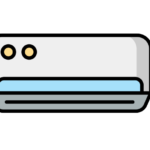 Air conditions
Air conditions Micro Oven
Micro Oven Weighing Machine KG weight Measure Scale
Weighing Machine KG weight Measure Scale Water Dispenser
Water Dispenser DISHWASHER MACHINE
DISHWASHER MACHINE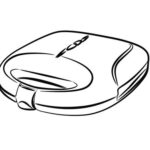 Sandwich Maker
Sandwich Maker Deep Fryer
Deep Fryer Rice Cooker
Rice Cooker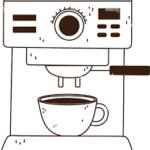 Coffee Maker & Electric Kettle
Coffee Maker & Electric Kettle




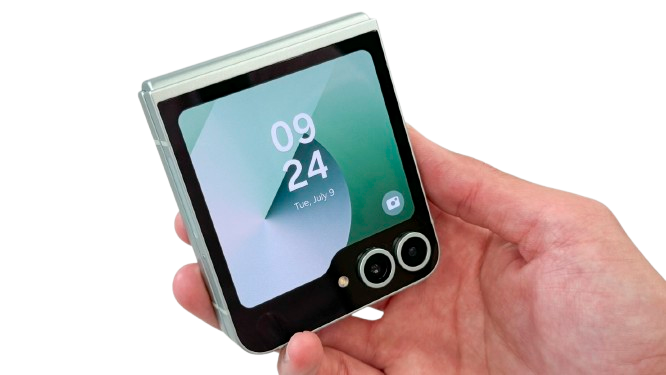


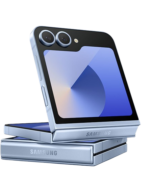




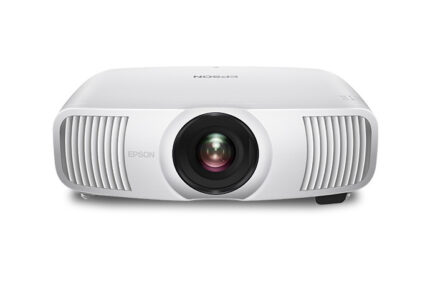


 165.1 x 71.9 x 6.9mm
165.1 x 71.9 x 6.9mm
 5G
5G No water protection
No water protection Wireless
Wireless
 256/
256/ Wide, Ultra-Wide
Wide, Ultra-Wide








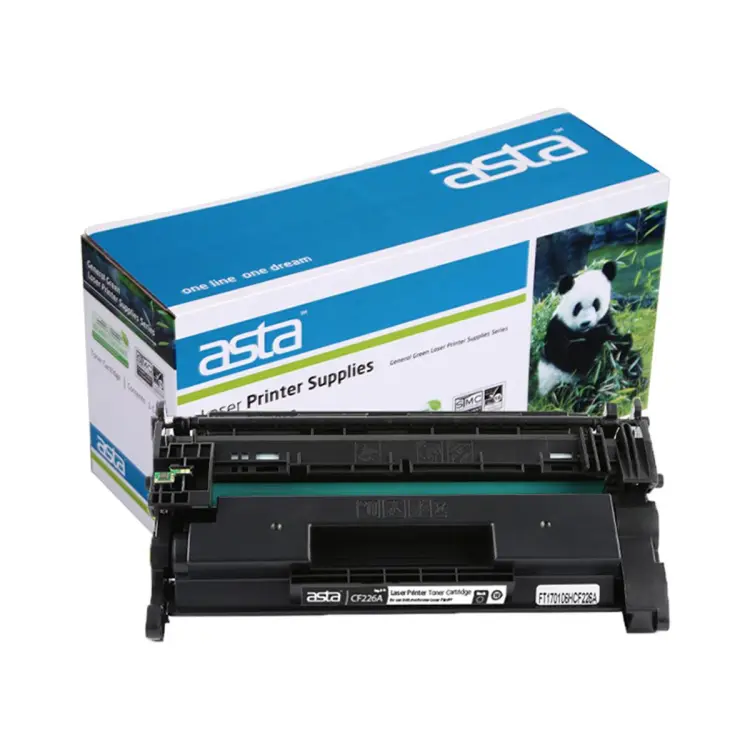

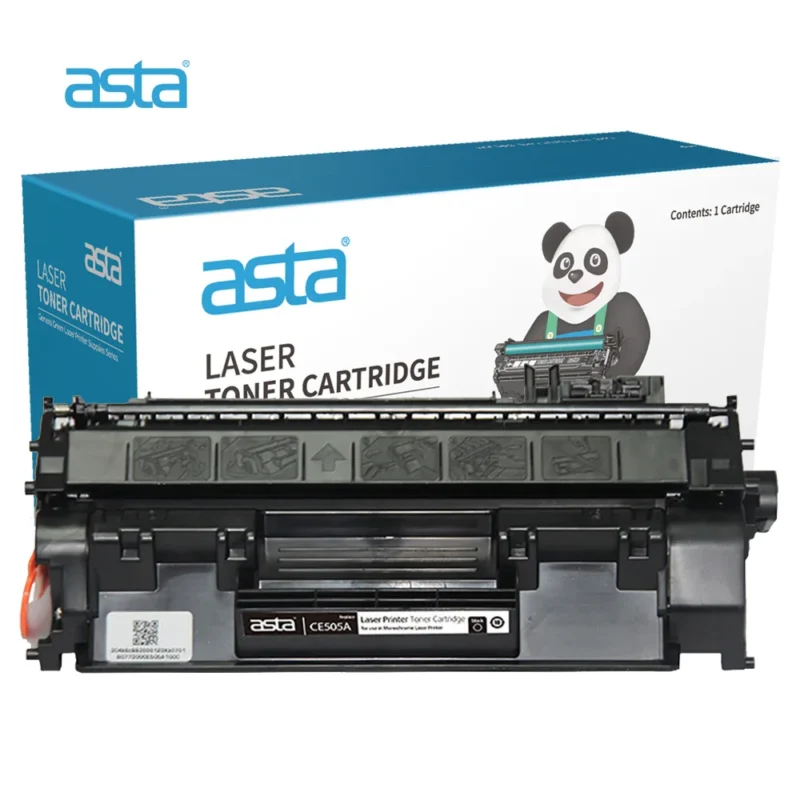



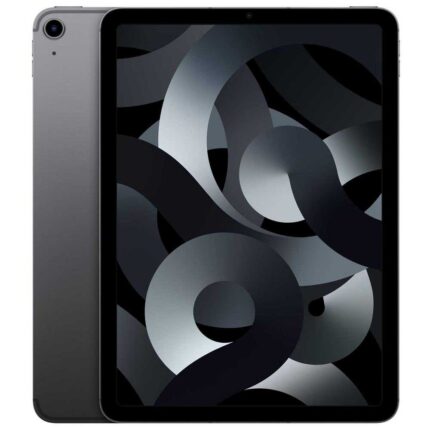



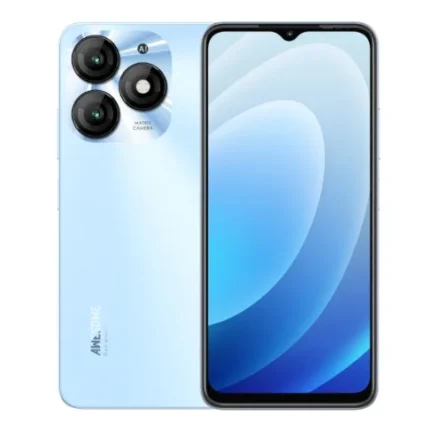

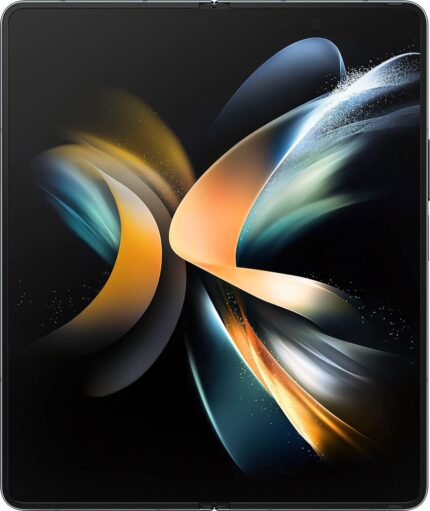
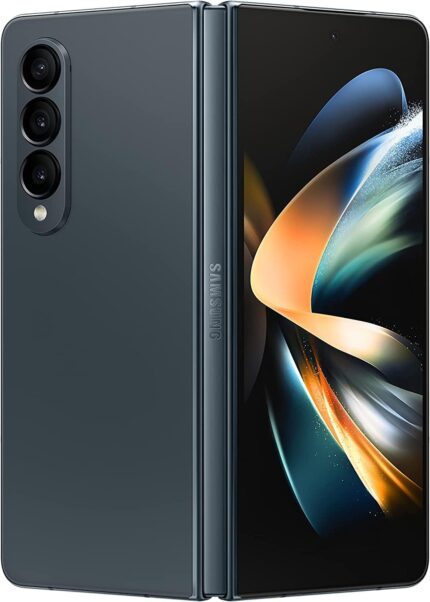


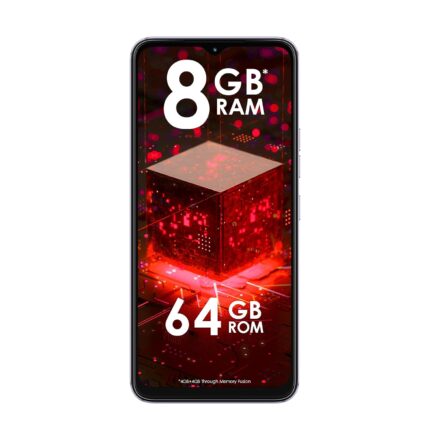
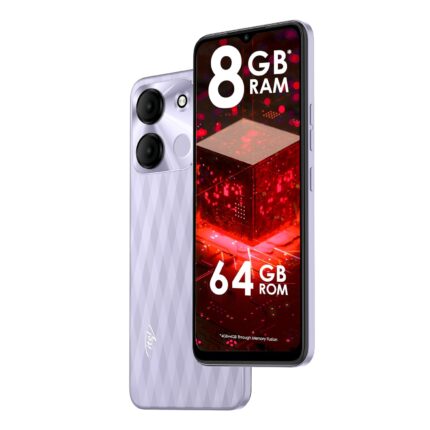

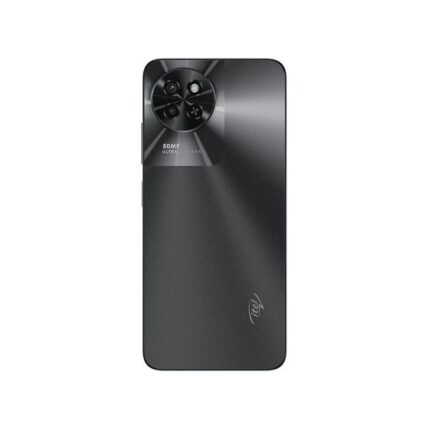







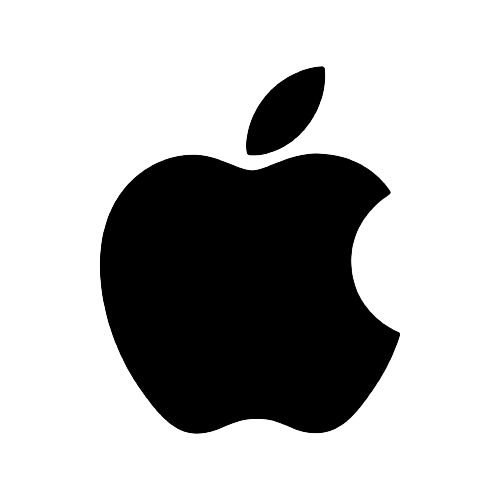












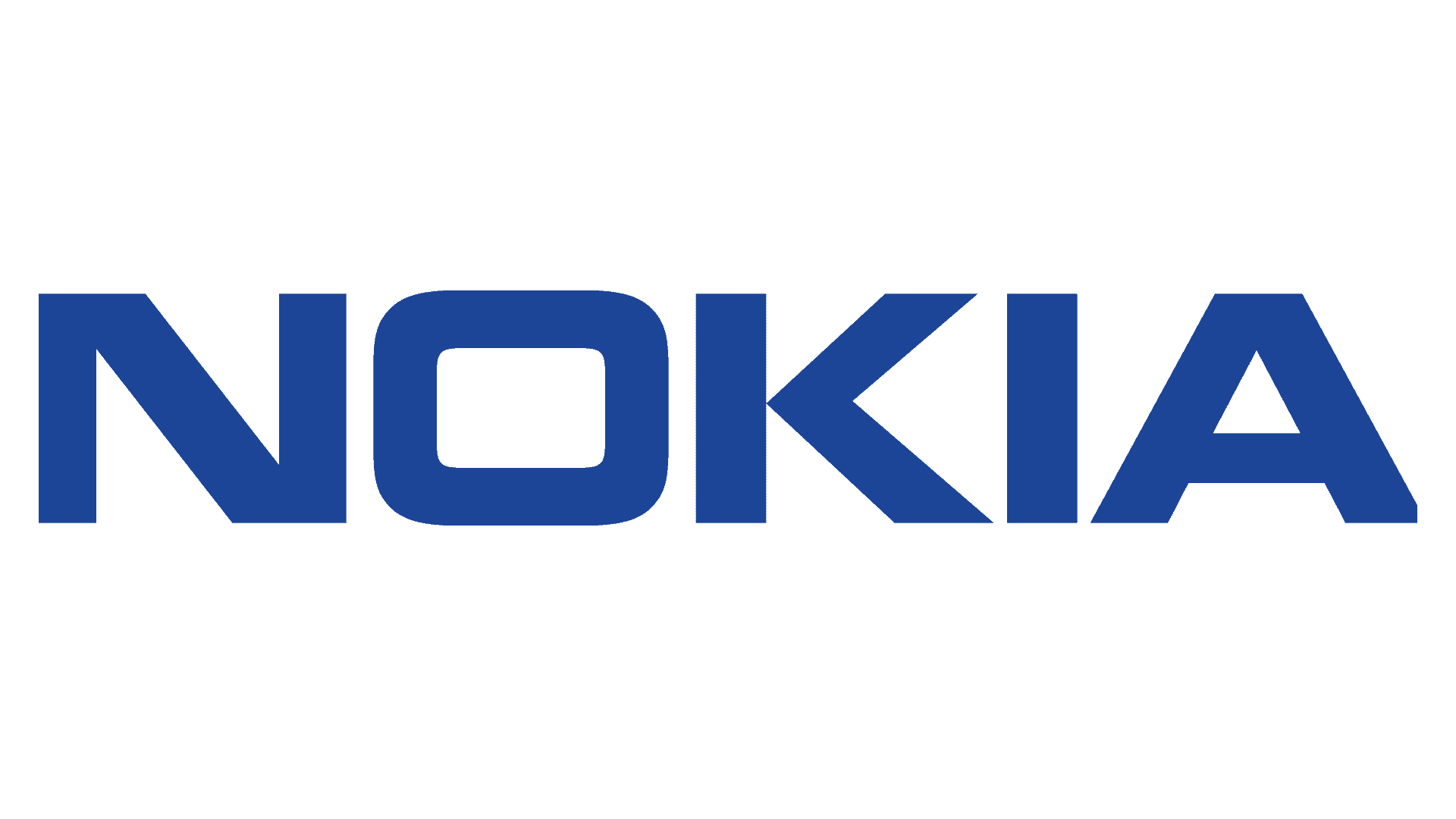






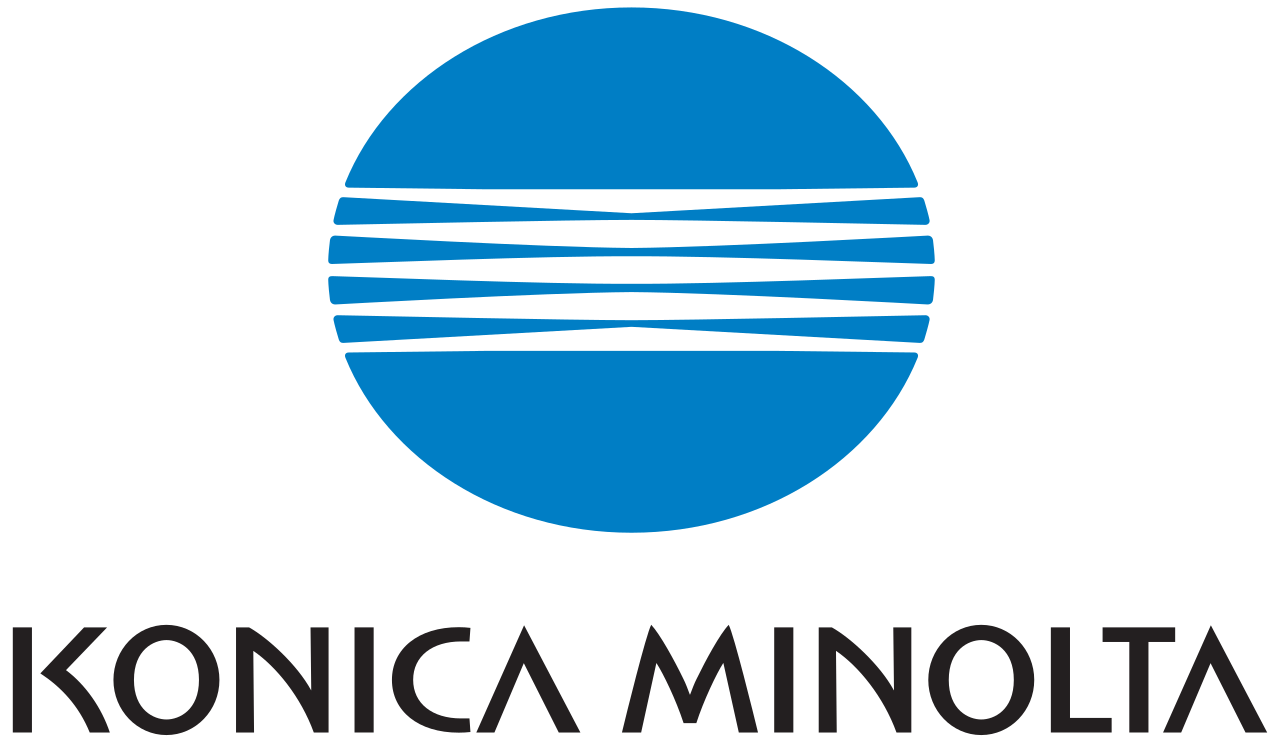
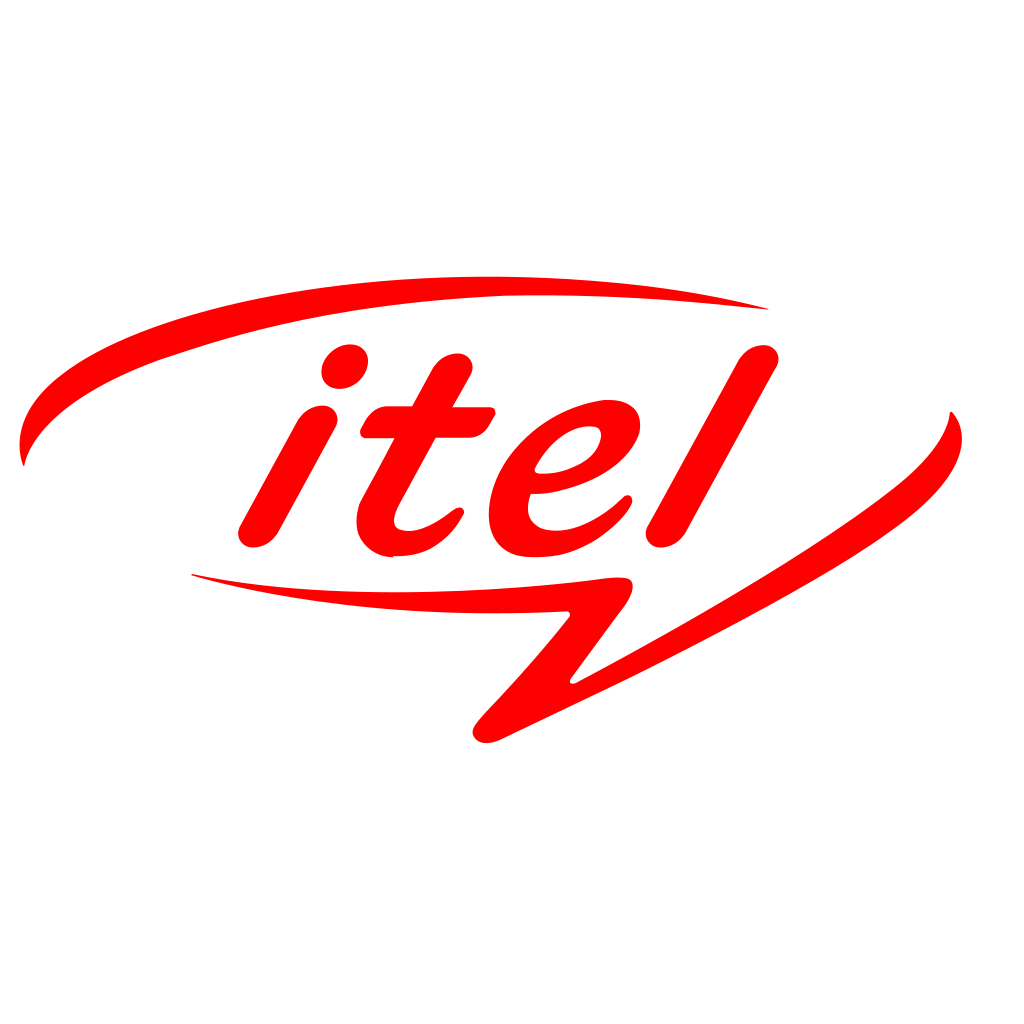

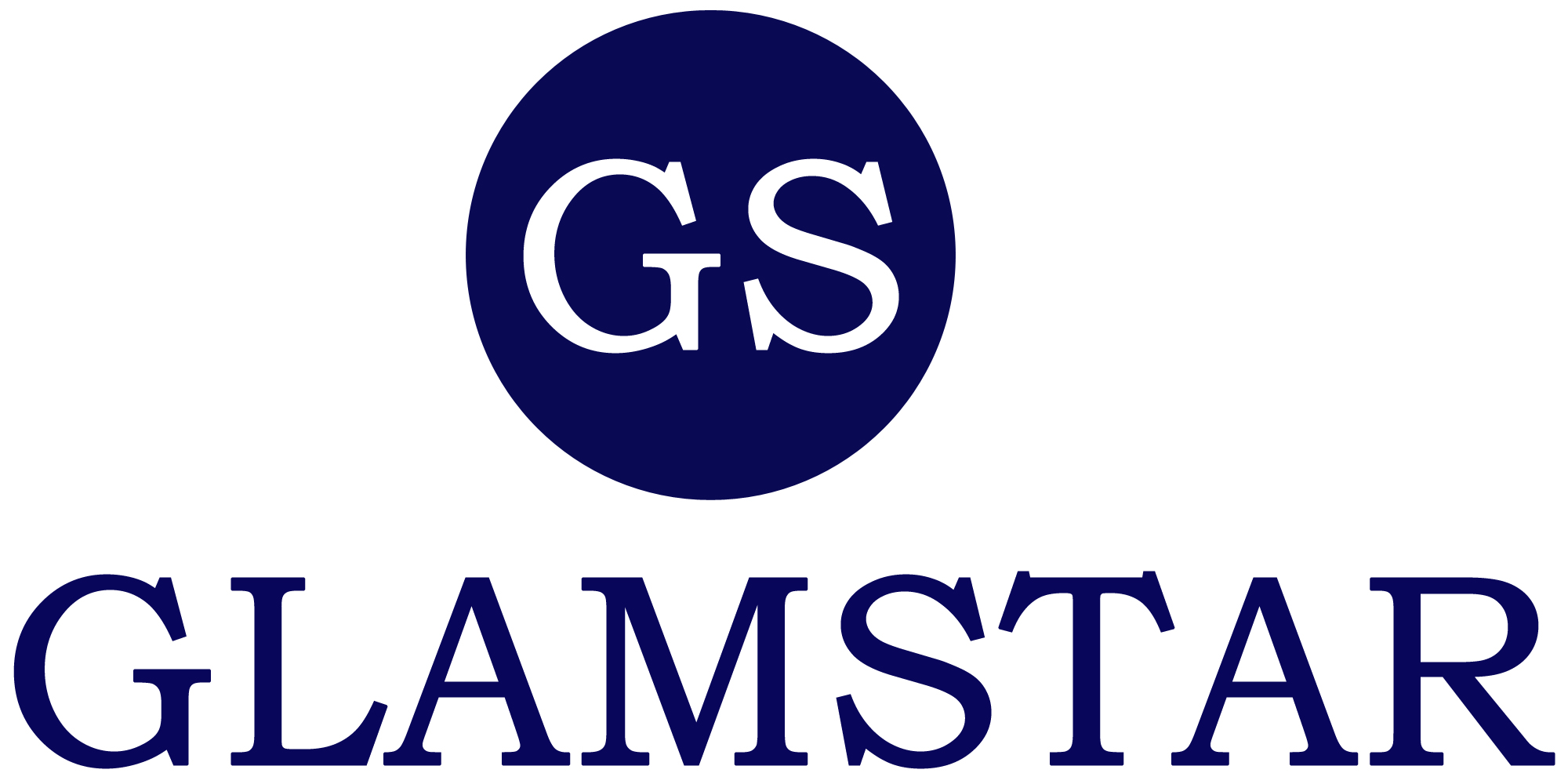















Reviews
There are no reviews yet.